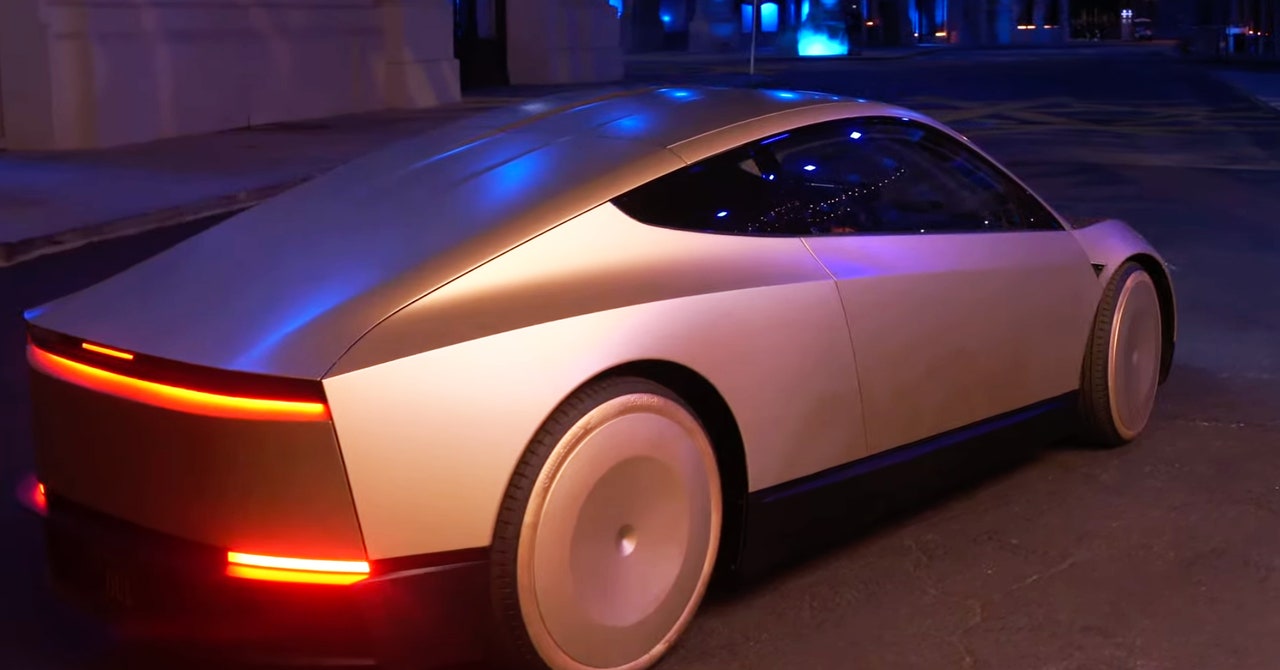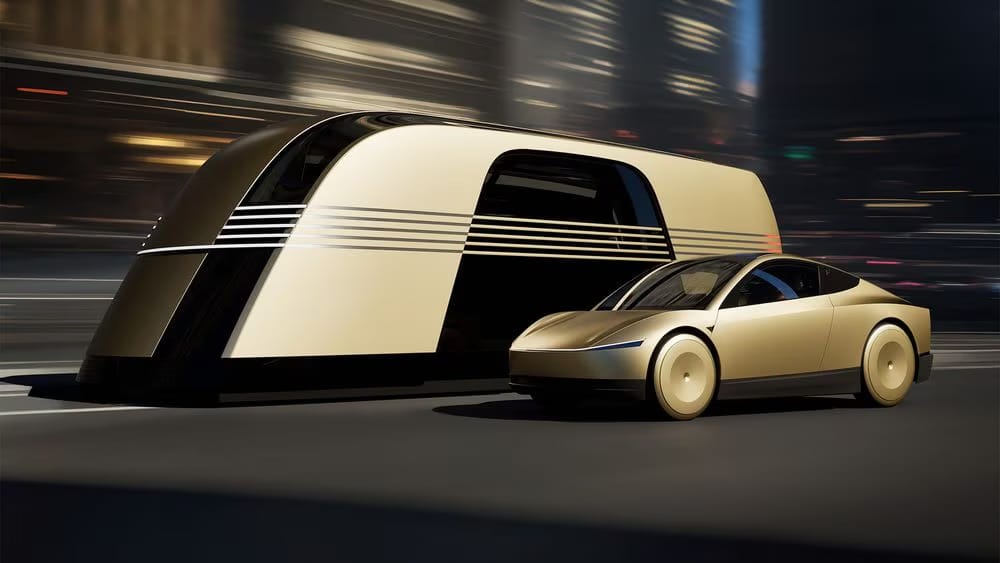The Promise of Cybercab

Well, it's here. Well, not here. But near. Near-ish. Maybe. Honestly, probably not. Still...
Movie studios are where Hollywood spins fantastical worlds out of fancy camera angles and special effects. So where better to show off the Tesla Cybercab, a two-door self-driving taxi that CEO Elon Musk says will be in production in just three years—but that’s still fascinatingly short on firm detail?
Almost an hour after Tesla had said the debut event would begin, Musk was escorted by a man dressed as an astronaut to the butterfly doors of the silver prototype. He took a quick, seemingly driverless jaunt through the dark, ghostly streets of the Warner Bros. Studios in Southern California, before emerging from the car to take the stage.
Showing up 15 minutes late to your own live event isn't cool. You know what's cool? Showing up nearly an hour late. For a 30-minute meeting. Elon Musk is ready to be a VC. Admittedly, butterfly doors are cool. Unclear how practical they actually are, but still cool. The look of the Cybercab itself? I mean it's better than the Star Fox Polygonal Cybertruck, but only just. Not really my style. But I guess it's close-ish to Johnny Cab with a twist of Flight of the Navigator? Is that Desert Titanium? So hot right now.
Musk, an admitted collector of missed deadlines, has been promising Tesla self-driving tech since 2016. On Thursday evening, he made a few more promises. Full self-driving (unsupervised), a technology meant to be autonomous, will be available in California and Texas next year, Musk says. He says the Cybercab will go into production in 2026, and will eventually cost less than $30,000.
“I think it’s going to be a glorious future,” he said.
If all of that comes to pass, it will be glorious.
Narrator...
Look, it's easy to snark. Launching a fully-autonomous Cybercab – without a steering wheel – would be awesome. Doing so anywhere near the price point Musk is throwing out there? That would be incredible. On the timetable he's proposing? Fantastic. Do I think any of that will happen? I mean, eventually, hopefully, yes. But as he sort of preemptively admitted today, the timetable for all of this seems to be a long shot, at best.
The surprise was the 'Robovan', which wasn't fully a surprise as it was also rumored, which both looks better than the Cybercab – more Tron-like? Nearly Minority Report-y? Almost like a Cylon? – and seems even further out.
And, of course:
The event concluded with Optimus, a humanoid robot that Musk has said could eventually make the automaker some $25 trillion dollars by becoming “the biggest product ever, of any kind.” The robot was making progress, Musk said. To prove it, five bots illuminated by lights danced in a nearby gazebo. More Optimus bots mingled with the crowd after the presentation, serving drinks at the bar and posing for photos.
Fun. Wild. Weird. All of the above. "Biggest product ever" – again, maybe? $25T? I mean, probably not. But also sort of depends on timetables here. Are we talking 2027 or 2127?
Tesla’s approach differs dramatically from what other self-driving vehicle developers are doing. The electric automaker uses just cameras, rather than a series of sensors, to orient its vehicles in space. Tesla’s techniques combine this visual-based data with artificial intelligence to allow their vehicles to make “decisions” on the road. Competitors, by contrast, layer in information from lidar, radar, and other sensors, “fusing” this data. Musk has argued that loading vehicles with sensors is too expensive and adds unnecessary complexity to self-driving.
This is the real question and meat of the entire thing – is the cameras+AI approach now good enough to combat the lidar approach (augmented by cameras) that Waymo and others are taking? This could clearly change the cost equation and is the bet here. Is it a good bet? Again, it's still too early to say. Waymos are on the road. Tesla will need to get the Cybercab through a regulatory gauntlet that may make their "production hell" seem cozy. About that no-steering-wheel thing...
Still, Tesla has seemingly done what Apple could not, we'll see if they can ship it and scale it, but that alone shouldn't be discounted, even if Tesla's cars need to be in this environment...
Update: More on the topic of timelines...



